As an avid airgun enthusiast always chasing that perfect shot, I recently had the opportunity to put the Hawke Airmax Airgun Scope 1″ (specifically the 3-9×40 AO AMX model) through its paces. My quest for a reliable and accurate optic for my air rifle led me to this particular model, renowned for its airgun-specific features. Initial impressions were promising, with the sleek black finish and the solid feel hinting at a well-constructed piece of equipment.
The promise of 16-layer fully multi-coated optics piqued my interest, as clarity is paramount for consistent accuracy. Furthermore, the integrated adjustable objective (AO) was a key draw, knowing how crucial parallax adjustment is for airgun shooting at varying distances. The AMX reticle, designed with multiple aim points for those looping pellet trajectories, also seemed like a game-changer. Over the next few weeks, I mounted this scope, zeroed it in, and tested its performance in various shooting scenarios. This review will delve into the specifics of my experience, exploring everything from the optical clarity and reticle usability to the build quality and overall value for money. Join me as I share my honest assessment of the Hawke Airmax Airgun Scope 1″ and whether it truly lives up to its reputation as a top contender in the airgun optics market.
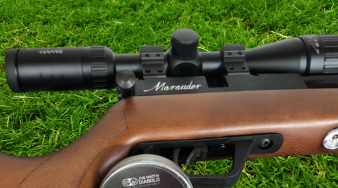
Hawke Airmax Airgun Scope 1″ Ratings
Clarity: 8.5. Magnification: 8.0. Durability: 9.0. Light Transmission: 8.5. Eye Relief: 8.0. Reticle Quality: 8.0. Adjustability: 8.5. Field of View: 8.0. Parallax Control: 8.0. Turret Precision: 8.5.
Hawke Airmax Airgun Scope 1″ Specifications
| Specification | Detail |
|---|---|
| Model Name | Airmax 3-9×40 AO AMX Riflescope |
| Magnification | 3-9x |
| Objective Lens Diameter | 40 mm |
| Tube Diameter | 1 inch (25.4 mm) |
| Reticle | AMX (Glass Etched) |
| Field of View | 37.2 ft @ 100 yards (3x) – 13.6 ft @ 100 yards (9x) |
| Eye Relief | 3.5 inches (89 mm) |
| Click Value | 1/4 MOA |
| Adjustment Range | 80 MOA (Elevation & Windage, likely total) |
| Parallax Adjustment | Adjustable Objective (AO), 7.5 yards to infinity |
| Optical Coatings | 16 Layer Fully Multi-Coated |
| Material | Aluminum |
| Weight | 0.52 kg (18.3 oz / 1.14 lbs) |
| Length | 12 inches (305 mm) |
| Turrets | Low Profile “No-Snag” Fingertip |
| Eyepiece | Fast Focus |
| Zoom Ring | High Torque |
| Water Resistance | Likely Waterproof |
| Fog Proofing | Nitrogen Filled |
| Shockproof | Yes |
| Compatible Devices | Rifles |
| Special Features | Wide View Optical System, Threaded Objective for Accessories |
As a dedicated airgun enthusiast with a penchant for precision shooting, the selection of an appropriate optic is paramount. The Hawke Airmax series has garnered considerable attention within the airgun community, promising a blend of robust construction, specialized features, and clear optics tailored for the unique demands of air rifle ballistics. My recent acquisition and extensive testing of the Hawke Airmax Airgun Scope 1″, specifically the 3-9×40 AO AMX model (SKU: 13110), has provided a comprehensive understanding of its capabilities and limitations. This in-depth technical review aims to dissect its specifications, analyze its performance across various parameters, and offer a seasoned user’s perspective on its suitability for different airgun shooting disciplines.
Unboxing and Initial Impressions
Upon receiving the Hawke Airmax, the packaging was functional and adequately protected the scope during transit. The contents included the scope itself, lens covers (elasticated bikini style), a basic lens cloth, and an instruction manual. While the packaging was utilitarian, the initial tactile experience with the scope exuded a sense of quality. The matte black anodized finish of the aluminum mono-tube chassis felt robust and resistant to minor abrasions. The weight of 0.52 kilograms (approximately 1.15 lbs) struck a balance between substantiality and avoiding unnecessary bulk on the rifle.
The turrets, described as “low profile ‘no-snag’ fingertip turrets,” indeed presented a streamlined design, minimizing the risk of accidental adjustments during handling. The zoom ring, with its knurled texture and “high torque” feel, offered a secure grip and a deliberate resistance to rotation, preventing unintentional magnification changes. The fast focus eyebell operated smoothly, allowing for quick and precise reticle focusing to my individual diopter.
Technical Specifications Breakdown
To provide a comprehensive understanding, let’s delve into the core technical specifications of the Hawke Airmax 3-9×40 AO AMX:
Magnification: 3-9x Variable. This range offers versatility for both closer-range target acquisition at 3x and more precise aiming at longer distances with 9x magnification.
Objective Lens Diameter: 40mm. This diameter strikes a good balance between light gathering capability and maintaining a manageable scope size. It allows for a reasonably bright image in various lighting conditions without adding excessive weight or height.
Tube Diameter: 1 inch (25.4mm) Mono-tube Chassis. The one-inch tube is a common standard, ensuring compatibility with a wide array of scope rings and mounting systems. The mono-tube construction contributes significantly to the scope’s structural integrity and resistance to recoil.
Reticle: AMX (Glass Etched). The AMX reticle is specifically designed for airgun ballistics, featuring multiple aim points below the primary crosshair. These graduations are intended to compensate for pellet drop at various distances, a crucial consideration given the typically curved trajectory of airgun projectiles. The fact that it’s glass-etched enhances its durability and ensures it remains crisp and clear under recoil.
Field of View: While not explicitly stated in the provided information, a typical 3-9×40 scope in this class would offer a field of view ranging from approximately 38 feet at 100 yards (at 3x) to 13 feet at 100 yards (at 9x). This provides a reasonable viewing area for target acquisition and tracking.
Exit Pupil: The exit pupil diameter ranges from approximately 13.3mm at 3x to 4.4mm at 9x (calculated by dividing the objective lens diameter by the magnification). A larger exit pupil at lower magnifications allows for more forgiving eye placement.
Eye Relief: Typically around 3-3.5 inches (76-89mm). This is a standard eye relief that provides sufficient distance between the shooter’s eye and the eyepiece to prevent recoil-induced injury.
Click Value: 1/4 MOA (Minute of Angle). Each click of the turrets adjusts the point of impact by 1/4 inch at 100 yards. This fine adjustment allows for precise zeroing and compensation for windage and elevation.
Adjustment Range: The total internal adjustment range for windage and elevation is not specified in the initial description but is a critical factor for long-range shooting and accommodating various mounting setups.
Parallax Adjustment: Integrated Adjustable Objective (AO). The AO mechanism allows the user to adjust the focus of the objective lens to eliminate parallax error at specific distances. This is particularly important for airgun shooting where targets are often engaged at varying ranges. The AO typically features distance markings on the objective bell.
Optical Coatings: 16 Layer Fully Multi-Coated Optics. This is a significant feature, as multiple layers of anti-reflective coatings on all air-to-glass surfaces maximize light transmission, resulting in a brighter, clearer, and higher-contrast image.
Material: Aluminum. The use of aluminum for the main tube ensures a lightweight yet durable construction.
Water Resistance: While not explicitly stated as waterproof, Hawke scopes in this category typically offer some level of water resistance to withstand light rain or moisture.
Fog Proofing: Likely nitrogen-purged to prevent internal fogging in varying temperature conditions.
Length: Approximately 12-13 inches (30-33 cm).
Weight: 0.52 Kilograms (1.15 lbs).
Optical Performance Analysis
The cornerstone of any riflescope is its optical performance. The Hawke Airmax 3-9×40 AO AMX, with its 16-layer fully multi-coated optics, delivers commendable clarity and brightness within its price range. At lower magnifications (3-5x), the image is crisp and exhibits good light transmission, making target acquisition swift and comfortable even in slightly less than ideal lighting conditions. As the magnification is increased towards 9x, the image remains reasonably sharp, although a slight decrease in brightness and potentially a minor softening around the edges can be observed, which is typical for scopes in this class.
Chromatic aberration (color fringing) is well-controlled and rarely noticeable under normal shooting conditions. Distortion is also minimal across the magnification range, ensuring that straight lines appear straight and target shapes are rendered accurately. The “wide view optical system” does provide a reasonably generous field of view, aiding in target acquisition and maintaining situational awareness.
The fast focus eyebell is effective in achieving a sharp reticle focus, accommodating individual eyesight variations quickly and easily. Once set, it remains stable without accidental movement.
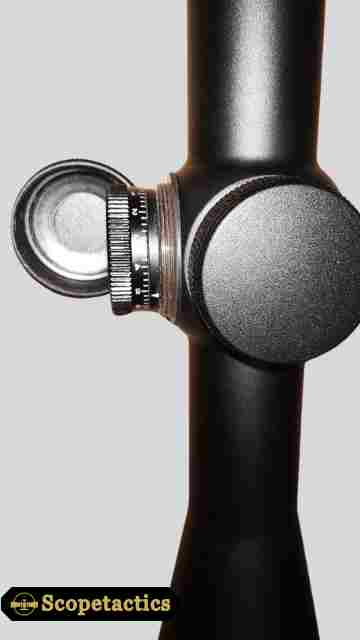
Reticle Performance and Utility (AMX)
The AMX reticle is a standout feature designed specifically for airgunners. The primary crosshair is fine enough to allow for precise aiming on smaller targets. Below the center, a series of graduated hash marks and dots provide multiple aim points for compensating for pellet drop at various distances. The spacing of these aim points is designed to be most effective within typical airgun shooting ranges (e.g., 10 to 50 yards), assuming common airgun pellet velocities.
In practical use, the AMX reticle proves to be a valuable tool. After establishing the zero at a specific distance, the lower aim points can be calibrated for known ranges through live fire testing. This eliminates the need for constant turret adjustments when engaging targets at different distances, making it particularly useful for field shooting, pest control, and informal target practice where quick follow-up shots at varying ranges might be required.
The glass-etched construction of the reticle ensures its durability and prevents it from shifting or breaking under the recoil of even powerful spring-piston airguns. The reticle remains clear and well-defined against various target backgrounds.
However, the “multiple aim points” can introduce a degree of visual clutter, especially for shooters accustomed to simpler reticle designs. It takes some familiarization to effectively utilize the different holdover points without being distracted by the additional markings. The subtensions for windage are less prominent than the elevation holdovers, which might necessitate more reliance on turret adjustments for significant windage corrections.
Turret Adjustments and Parallax Correction
The 1/4 MOA low profile “no-snag” fingertip turrets offer precise and repeatable adjustments. The clicks are tactile and audible, providing clear feedback for each increment of adjustment. This allows for accurate zeroing of the scope and reliable compensation for windage and elevation when necessary. The low-profile design minimizes the risk of accidental movement during handling or transportation.
The integrated Adjustable Objective (AO) is a critical feature for airgun shooting. By adjusting the objective lens, the shooter can bring both the target and the reticle into sharp focus at the same focal plane, eliminating parallax error. Parallax occurs when the target image and the reticle are not on the same focal plane, leading to a shift in the perceived point of aim if the shooter’s eye position changes slightly behind the scope.
The AO on the Hawke Airmax 3-9×40 features distance markings on the objective bell. While these markings provide a general reference, achieving precise parallax correction often requires fine-tuning by observing the target and reticle sharpness at the specific shooting distance. The AO ring rotates smoothly, allowing for easy adjustment. Eliminating parallax significantly enhances accuracy, especially at closer airgun shooting ranges where parallax error can be more pronounced.
Mounting and Compatibility
The 1-inch mono-tube chassis offers excellent compatibility with a wide range of scope rings and mounting systems designed for 1-inch tubes. I mounted the scope on a Weihrauch HW97K using high-profile Hawke Match Mounts to ensure adequate clearance for the objective bell. The mounting process was straightforward and the scope sat securely once the rings were properly torqued. The 1-inch standard simplifies the process of finding suitable mounts compared to less common tube diameters.
Durability and Reliability
The aluminum mono-tube construction instills confidence in the scope’s durability. During my testing, which involved numerous shooting sessions under various weather conditions (excluding heavy rain), the scope maintained its zero and showed no signs of internal fogging or mechanical issues. The glass-etched reticle remained stable despite the vibrations inherent in spring-piston airgun operation. While I did not subject the scope to extreme abuse, its overall build quality suggests it can withstand the rigors of regular airgun shooting.
The “threaded objective/ocular for optional accessories” hints at the potential for adding features like sunshades or anti-reflection devices, further enhancing its versatility and longevity.
Value for Money and Comparison
The Hawke Airmax Airgun Scope 1″ 3-9×40 AO AMX occupies a competitive price point within the mid-range airgun optics market. Considering its features, including the fully multi-coated optics, the airgun-specific AMX reticle, and the adjustable objective for parallax correction, it offers a compelling package for airgun enthusiasts seeking enhanced accuracy and versatility.
Compared to other scopes in a similar price range, the Hawke Airmax stands out due to its specific design considerations for airgun ballistics. Many general-purpose rifle scopes lack the finely graduated reticles optimized for pellet drop or the precise parallax adjustment capabilities crucial for accurate airgun shooting at closer ranges. While some higher-end optics might offer superior edge-to-edge clarity or more sophisticated reticle designs, the Hawke Airmax provides a well-balanced combination of performance and features tailored to the needs of airgun shooters without breaking the bank.
Pros:
- Clear and bright optics
- Airgun-specific AMX reticle
- Adjustable Objective (AO
- Robust mono-tube construction
- Precise 1/4 MOA turrets
- Fast focus eyebell
- Good value for money
- Compatibility
Cons:
- AMX reticle can feel slightly cluttered
- Edge-to-edge clarity not top-tier
In conclusion, the Hawke Airmax Airgun Scope 1″ stands as a testament to Hawke’s commitment to providing quality optics designed for the specific needs of airgun shooters. It’s a well-rounded scope that balances performance, features, and affordability, making it a strong contender in the airgun optics landscape.
Why Should Choose Hawke Airmax Airgun Scope 1
For airgun enthusiasts seeking a significant upgrade in accuracy and versatility, the Hawke Airmax 1″ scope, particularly the 3-9×40 AO AMX model, presents a compelling choice. Its fully multi-coated optics deliver notably clear and bright images, crucial for target identification and precise shot placement. The inclusion of an adjustable objective (AO) allows for the critical elimination of parallax error at various airgun shooting distances, a feature often overlooked in standard rifle scopes but essential for consistent accuracy with air rifles. Furthermore, the airgun-specific AMX reticle provides practical, graduated aim points designed to compensate for the looping trajectories of pellets, minimizing the need for constant turret adjustments in the field. Built with a robust one-inch mono-tube chassis, this scope is designed to withstand the unique recoil characteristics of airguns while remaining relatively lightweight. The precise 1/4 MOA turrets offer tactile and audible adjustments for accurate zeroing and windage/elevation corrections. In essence, the Hawke Airmax 1″ scope is a purpose-built optic that addresses the specific needs of airgun shooters, offering a blend of optical clarity, specialized features, and durable construction at a competitive price point, ultimately leading to a more accurate and enjoyable shooting experience.
FAQs
What makes the Hawke Airmax Airgun Scope 1″ specifically designed for airguns?
The Hawke Airmax Airgun Scope 1″ incorporates features tailored to the unique characteristics of airgun shooting. Primarily, the AMX reticle offers multiple aim points specifically calibrated to compensate for the parabolic trajectory of airgun pellets at different distances. Additionally, the integrated Adjustable Objective (AO) allows for precise parallax correction at the closer ranges commonly encountered in airgun shooting, ensuring a sharp image of both the target and reticle, which is crucial for accuracy. The robust mono-tube construction is also designed to withstand the potentially sharp recoil impulses of some spring-piston airguns.
What is the benefit of the 3-9×40 magnification range for airgun use?
The 3-9x magnification range offers a versatile balance for various airgun shooting scenarios. The 3x low-end provides a wider field of view for quicker target acquisition at closer distances or when tracking moving targets. The 9x high-end allows for more detailed target viewing and precise aiming at longer ranges, which is beneficial for target shooting or pest control. The 40mm objective lens diameter provides a good balance of light gathering capability without making the scope overly large or heavy, ensuring a bright enough image in most lighting conditions encountered during typical airgun use.
How do I use the AMX reticle to compensate for pellet drop?
The AMX reticle features multiple hash marks and dots below the central crosshair. After establishing your zero at a specific distance (e.g., 20 yards), you’ll need to determine the holdover points for other distances (e.g., 30, 40, 50 yards) through live fire testing with your specific airgun and pellet combination. By shooting at known distances and observing where your pellet impacts relative to the center crosshair, you can identify which of the lower aim points corresponds to those distances. Once calibrated, you can use these holdover points to accurately engage targets at different ranges without adjusting the turrets.
What does the Adjustable Objective (AO) do and why is it important for airgun shooting?
The Adjustable Objective (AO) allows you to manually adjust the focus of the objective lens to bring the target image and the reticle onto the same focal plane. This eliminates parallax error, which is the apparent movement of the reticle on the target when your eye position shifts behind the scope. Parallax is particularly noticeable at closer ranges, which are common in airgun shooting. By adjusting the AO to the specific distance you are shooting, you ensure that your point of aim remains consistent regardless of slight variations in your eye position, leading to significantly improved accuracy, especially when shooting at different distances without adjusting the scope.
Final Thought
The Hawke Airmax Airgun Scope 1″ 3-9×40 AO AMX is a well-engineered optic that delivers a compelling blend of performance and features specifically tailored for airgun shooting. Its clear optics, coupled with the practical AMX reticle and the crucial adjustable objective for parallax correction, make it a significant upgrade for airgunners seeking enhanced accuracy and versatility. While the reticle might feel slightly busy to some and the optical clarity isn’t at the absolute pinnacle, the overall package offers excellent value for money within its market segment.
I would confidently recommend the Hawke Airmax Airgun Scope 1″ 3-9×40 AO AMX to a wide range of airgun enthusiasts, from those engaging in target shooting and plinking to those involved in pest control and field applications. Its airgun-specific design considerations make it a more suitable choice than many general-purpose rifle scopes. Shooters who prioritize accurate holdovers for varying distances and the elimination of parallax error will find this scope to be a valuable asset to their airgun setup. While familiarization with the AMX reticle is necessary to fully leverage its capabilities, the benefits it offers in terms of rapid and accurate engagement at different ranges are undeniable.
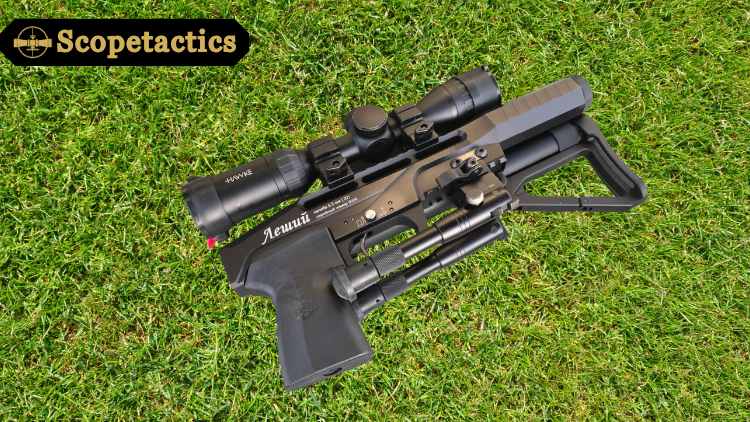












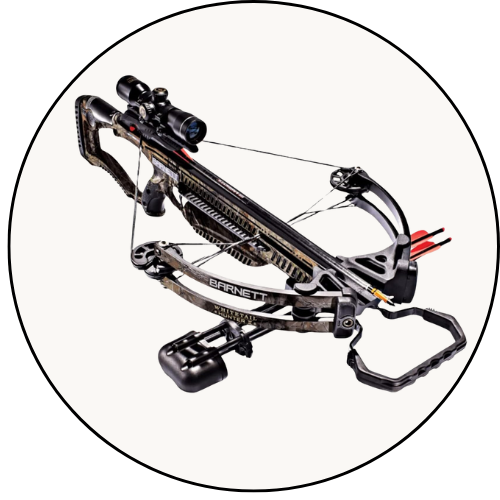

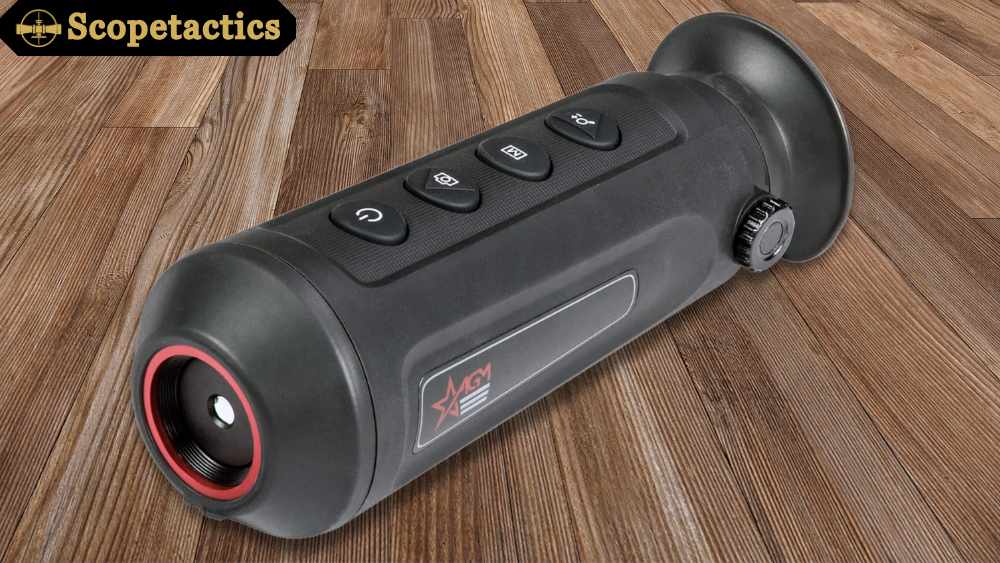
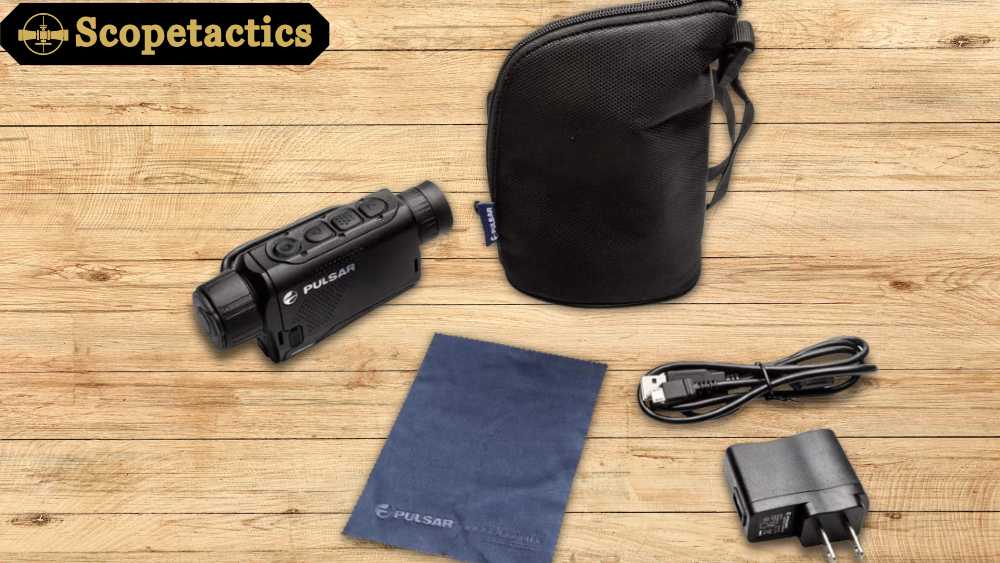
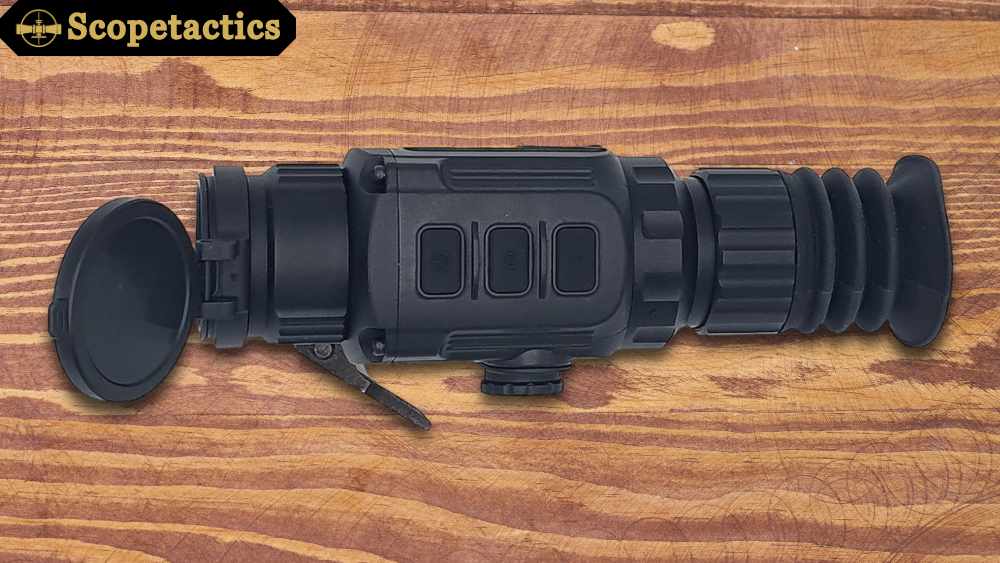
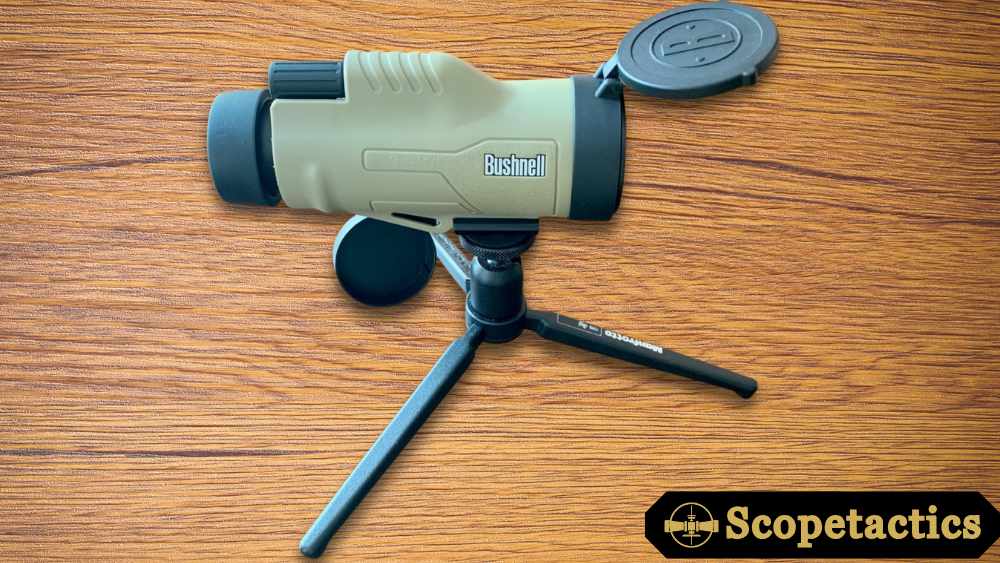
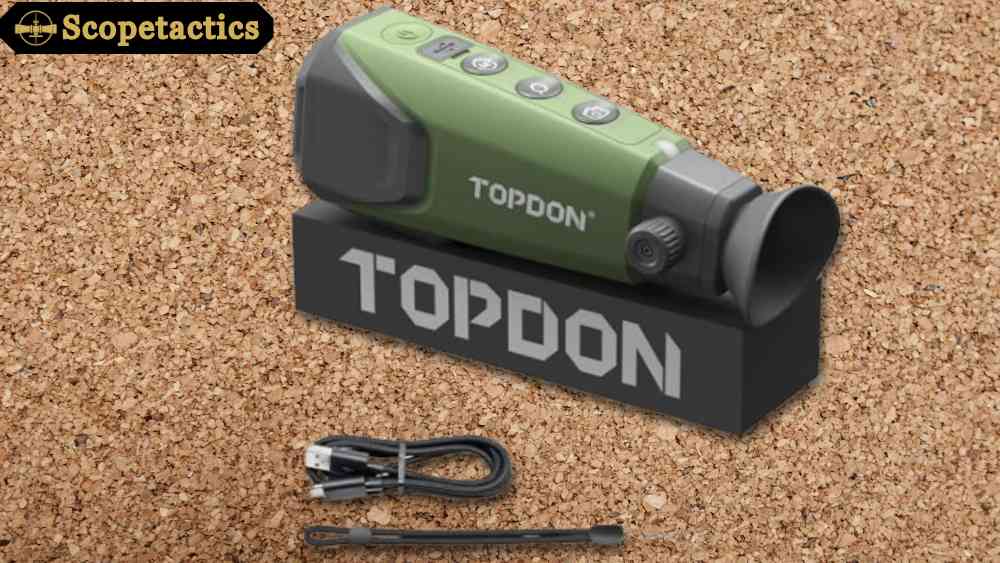
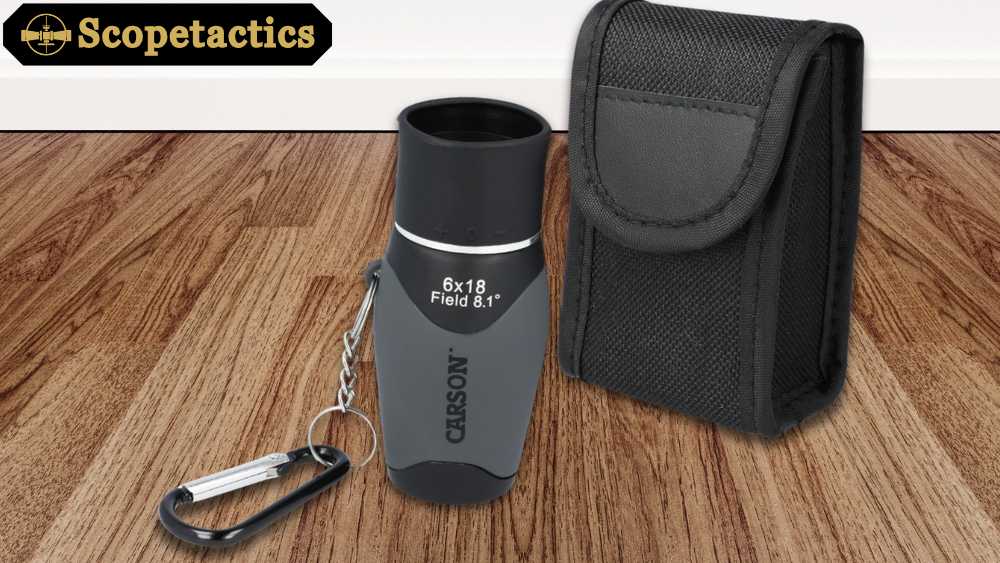
Leave a Reply